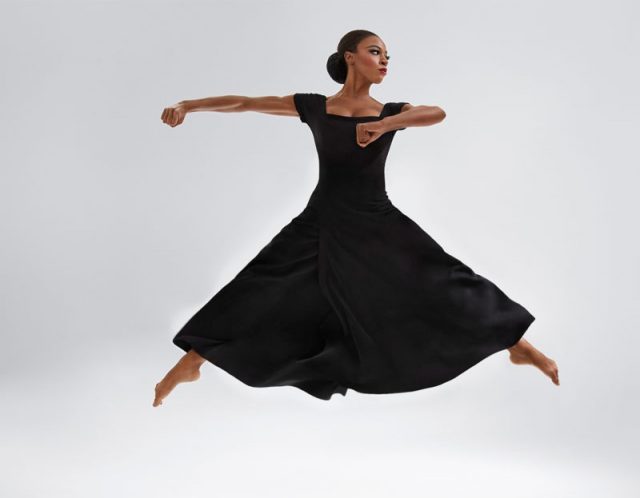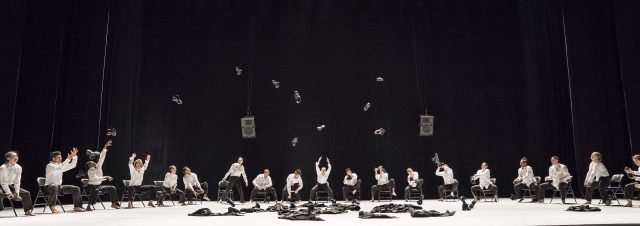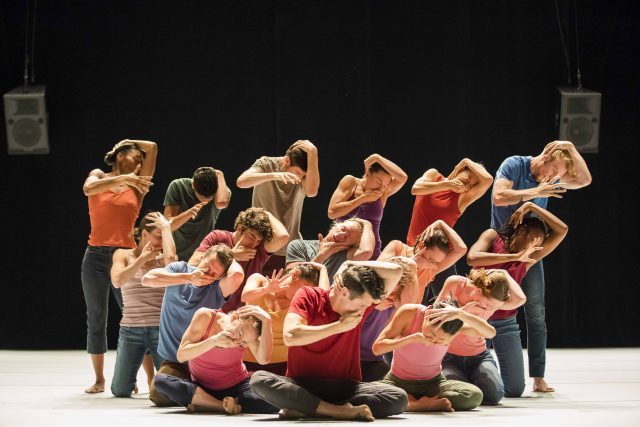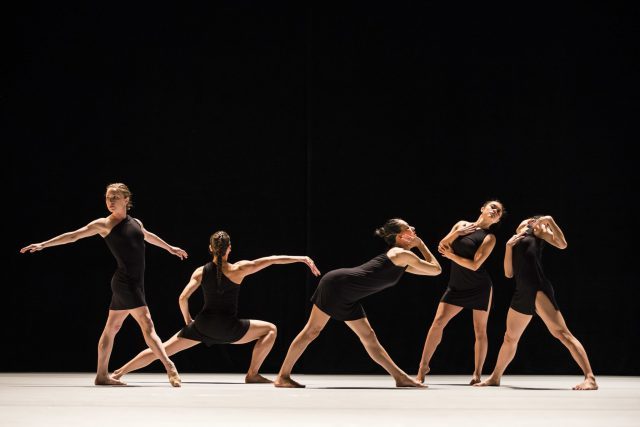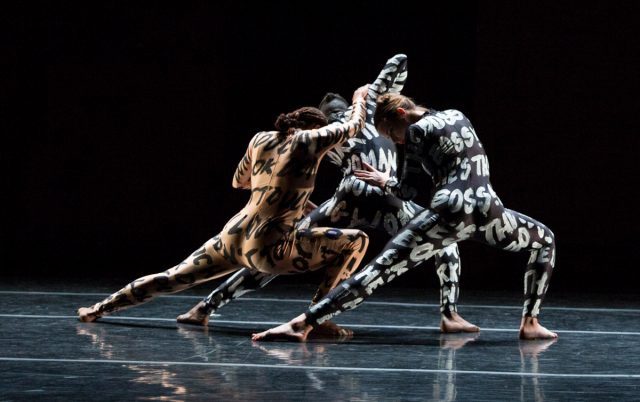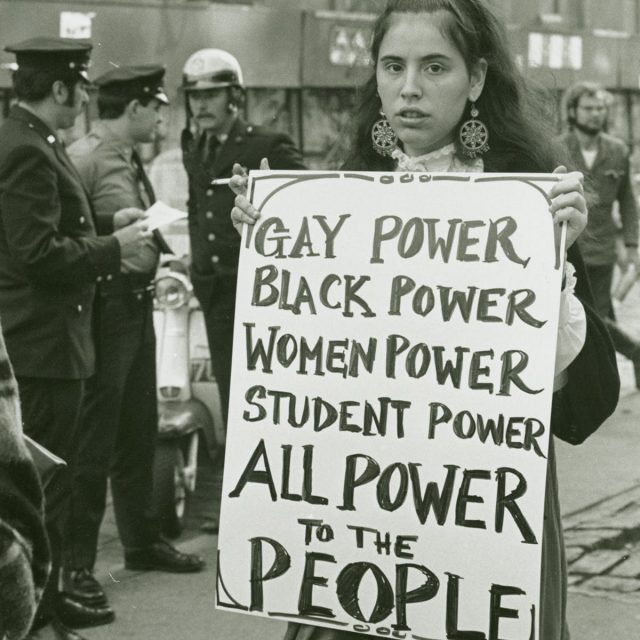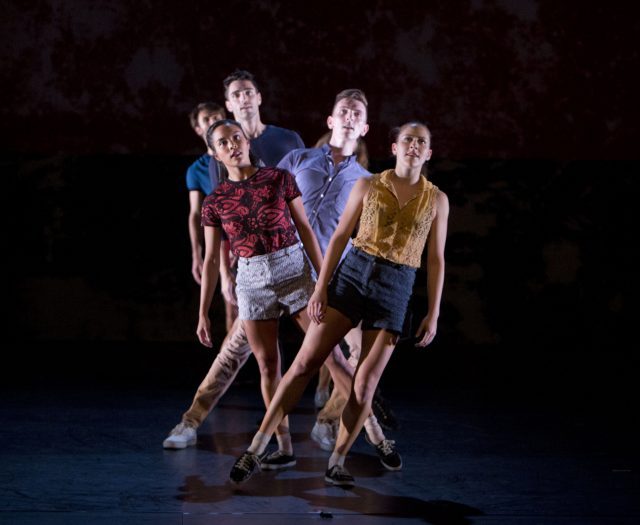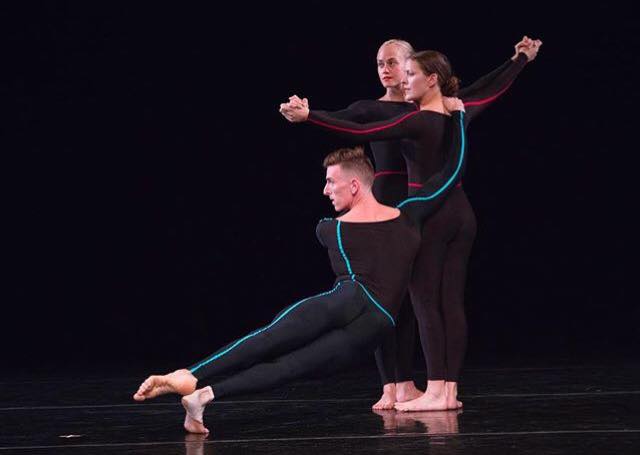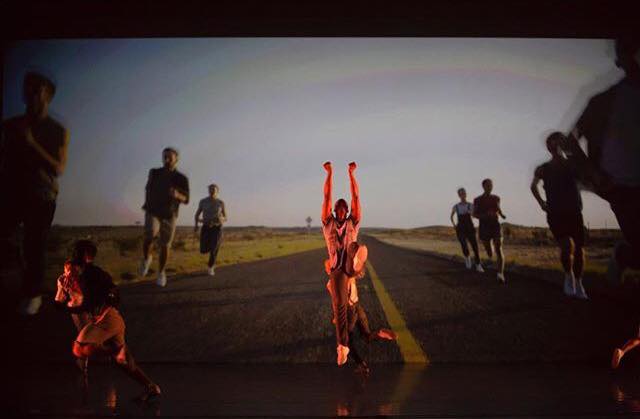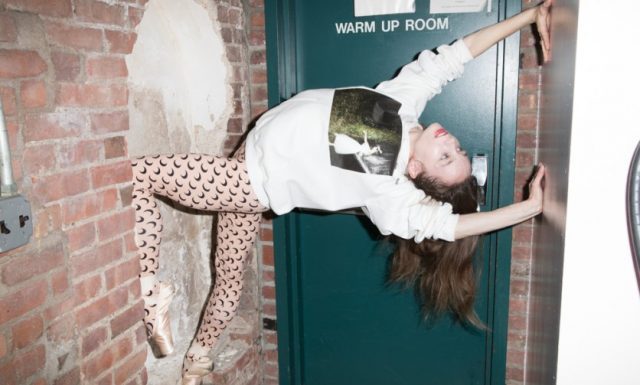
Maria Kochetkova prepares for her first independent show at the Joyce (photo by Magnus Unnar)
The Joyce Theater
175 Eighth Ave. at 19th St.
July 16-21, $56-$96
212-242-0800
www.joyce.org
Ballerina Maria Kochetkova wasn’t kidding when she named her first solo project Catch Her If You Can; several of the shows, running July 16-21 at the Joyce, are already sold out, or nearly so. The thirty-five-year-old Moscow-born star trained at the Bolshoi and was a principal with San Francisco Ballet for eleven years, the last two overlapping as a principal here in New York City with ABT. She has spent the last year traveling the world as a guest dancer with such companies as Norwegian National Ballet, Staatsballett Berlin, and English National Ballet, but she has now teamed up with the Joyce Theater Foundation for the special program Catch Her If You Can, consisting of eight works by seven modern choreographers chosen by Kochetkova, joined by four other dancers. “Ballet can be different, ballet can be contemporary, ballet can be exciting, ballet can be theater. I want to show what ballet is now,” she says in a Joyce promotional video.
The evening consists of Bach Duet (from New Suite) by William Forsythe, danced by Kochetkova and Sebastian Kloborg; Painting Greys by Myles Thatcher, a solo by Carlo Di Lanno; Tué by Marco Goecke, a solo by Drew Jacoby; Degunino by Marcos Morau, a solo by Kochetkova; the Swan Lake Pas de Deux by David Dawson, with Di Lanno and Sofiane Sylve; Rachel, Nevada by Jacoby, with Kochetkova and Jacoby, At the End of the Day by Dawson, with Kochetkova and Kloborg; and Masha Machine, an intimate and personal solo piece by Jérôme Bel that Kochetkova promises will hold surprises. Kochetkova’s immersion into the world of contemporary dance will not bring an end to her ballet career; she’s schedule to perform in the fall with Norwegian National Ballet again and Dresden Semperoper Ballett, but Catch Her If You Can offers what should be an exciting look at what the future holds for this international favorite entering a new phase, eager to push the bounds of her abilities.
